How to Implement Sustainable Forestry for Healthy Forests
- August 6, 2024
- 0 comment
In a world where forests face unprecedented challenges, from deforestation and climate change to pests and diseases, it is more crucial than ever to adopt sustainable forestry practices. These practices not only ensure the long-term health and productivity of our forests but also safeguard the invaluable benefits they provide to our environment, economy, and society.

Let us not only explore the essential methods used in Implementing Sustainable Forestry Practices but also reflect on their importance in preserving the harmony between humans and nature.
Understanding Sustainable Forestry
Sustainable forestry is the practice of managing forests to meet the current needs and desires of society for forest resources, such as products, services, and values, without compromising the availability of these for future generations. It is guided by three main principles:

Ecological Sustainability
Involves safeguarding biodiversity by preserving varied species and their habitats, supporting ecosystems’ resilience against environmental stresses like climate change. It aims to maintain ecological balance through sustainable practices that promote long-term health and productivity of natural resources.
Economic Sustainability
Focuses on managing forestry operations in ways that ensure profitability without compromising future resources. This approach seeks to generate economic benefits for local communities through responsible forestry practices that foster economic growth, job creation, and sustainable livelihoods.
Social Sustainability
emphasizes community engagement and empowerment by respecting local cultures, traditions, and rights. It aims to enhance social equity by involving communities in decision-making processes related to forestry activities, ensuring their needs are met while preserving cultural heritage and promoting well-being.
Benefits of Implementing Sustainable Forestry Practices
Biodiversity Conservation
Climate Change Mitigation
Soil and Water Protection
Long-term Resource Availability
Community Benefits
Ecosystem Services
By following the principles of sustainable forestry and using effective management practices, we can strike a balance between the environment, the economy, and the needs of local communities. This approach helps ensure that our forests remain healthy and resilient for the long haul, allowing us to enjoy their benefits now and in the future.
Key Practices for Implementing Sustainable Forestry
1. Selective Logging
Selective logging involves the careful removal of certain trees while preserving the overall structure and health of the forest. This practice helps maintain biodiversity, prevents soil erosion, and allows younger trees to grow without the competition of larger, older trees.
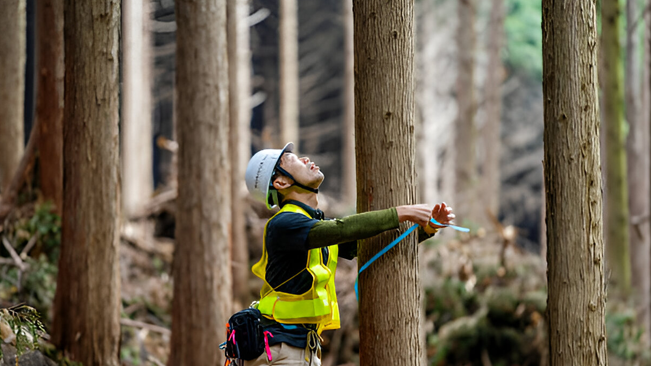
- Conduct a forest inventory to assess tree species, health, and age.
- Create a logging plan that specifies which trees to harvest based on criteria such as maturity and species health.
- Use techniques that minimize damage to surrounding trees, such as directional felling, to ensure the forest remains intact.
2. Controlled Burns
Controlled burns, or prescribed fires, are intentionally set fires used to manage forest health. This practice reduces the risk of catastrophic wildfires, promotes the growth of fire-adapted species, and helps recycle nutrients back into the soil.
- Train forestry staff in fire management and ecological benefits of controlled burns.
- Develop a burn plan that outlines the timing, location, and conditions for burning.
- Conduct burns under controlled conditions, monitoring closely to prevent uncontrolled fires.
3. Reforestation and Afforestation
Reforestation involves replanting trees in areas where forests have been cut down, while afforestation refers to planting trees in areas that were not previously forested. Both practices enhance biodiversity, improve air quality, and sequester carbon.
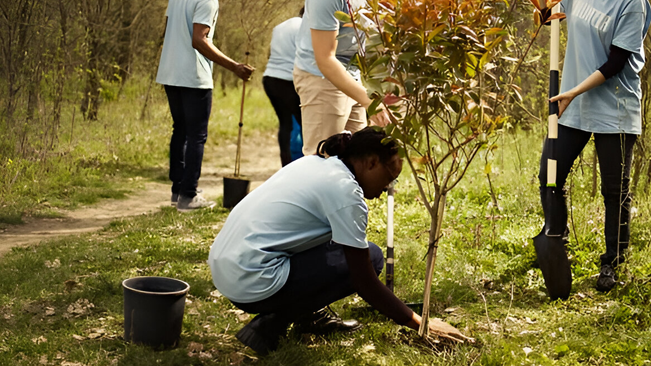
- Identify deforested or degraded areas suitable for replanting.
- Select native tree species that are well-adapted to local conditions.
- Organize community planting events or hire professionals to ensure proper planting techniques and care.
4. Continuous Monitoring
Continuous monitoring involves regularly assessing forest health, biodiversity, and ecosystem dynamics. This practice helps detect changes, such as pest infestations or disease outbreaks, allowing for timely interventions.
- Establish baseline data on forest conditions using remote sensing technology or field surveys.
- Schedule periodic assessments to monitor changes in forest health and biodiversity.
- Use collected data to adapt management strategies as needed, ensuring effective forest stewardship.
5. Community Engagement
Engaging local communities in forest management fosters a sense of ownership and responsibility. This practice ensures that the needs and knowledge of local stakeholders are integrated into decision-making processes.
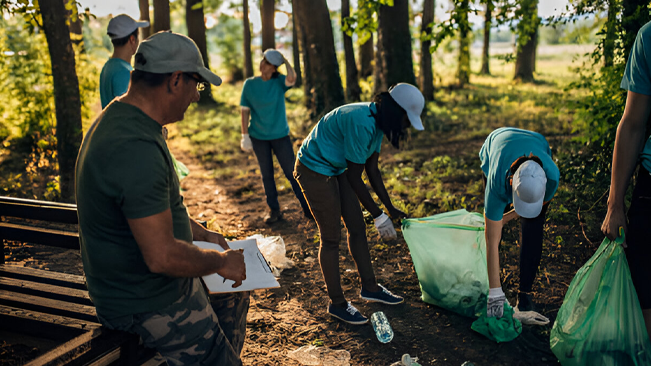
- Identify local communities and stakeholders who rely on the forest for their livelihoods.
- Involve them in the development of forest management plans and practices.
- Provide education and training programs to empower communities in sustainable forestry techniques.
6. Integrated Pest Management (IPM)
Integrated Pest Management is a holistic approach to managing pests that combines biological, cultural, and chemical practices. This method minimizes the use of harmful pesticides while promoting ecological balance.
- Regularly monitor for pest populations and assess potential threats to forest health.
- Utilize natural predators or biocontrol agents to manage pest populations.
- Implement cultural practices, such as maintaining biodiversity and promoting healthy soil, to reduce pest outbreaks.
7. Certification and Standards
Certification programs, such as those offered by the Forest Stewardship Council (FSC), promote sustainable forestry practices by setting standards for environmental, social, and economic performance. Certification enhances market access and credibility.
- Choose appropriate certification programs that align with sustainable forestry goals.
- Ensure compliance with the standards set by the chosen certification program.
- Maintain thorough records of forestry activities to demonstrate compliance and facilitate audits.
8. Agroforestry
Agroforestry integrates trees into agricultural landscapes, enhancing biodiversity and providing additional income sources for farmers. This practice improves soil health, reduces erosion, and increases resilience to climate change.
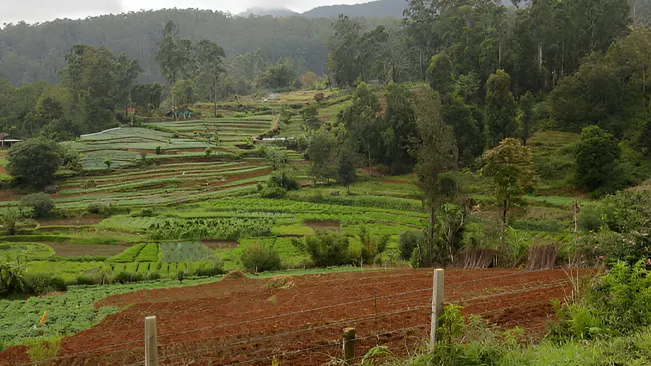
- Identify suitable areas for integrating trees into agricultural systems, such as along field borders or in pastures.
- Select tree species that provide multiple benefits, such as fruit or timber, while enhancing biodiversity.
- Develop management plans that optimize interactions between trees and crops or livestock.
9. Watershed Protection
Watershed protection involves managing forested areas to maintain water quality and prevent erosion. Healthy forests act as natural filters, improving water quality and regulating water flow.
- Identify critical watersheds within the forest landscape and assess their vulnerability.
- Implement practices such as establishing buffer zones along streams and rivers.
- Collaborate with local communities to ensure effective watershed management strategies.
10. Adaptive Management
Adaptive management is a systematic approach to managing forests that incorporates learning and flexibility. This practice allows forest managers to adjust strategies based on monitoring data and changing environmental conditions.
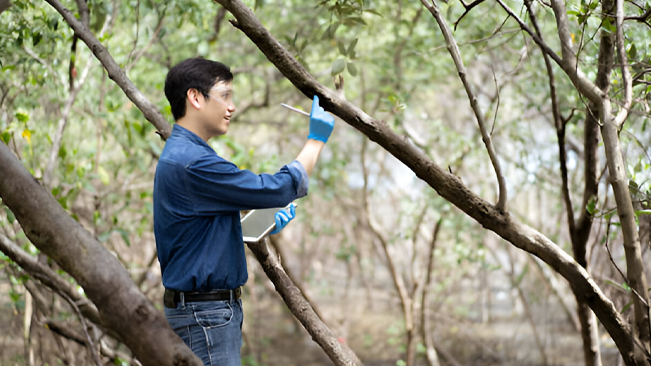
- Regularly review and assess the effectiveness of sustainable forestry practices.
- Identify areas for improvement and develop strategies to adapt management practices.
- Foster a culture of continuous learning within the forestry organization, encouraging staff to stay informed about the latest techniques and technologies.
Conclusion
Implementing sustainable forestry practices is not an easy task. It requires a long-term commitment to ecological health, economic viability, and social equity. It also requires a willingness to adapt to changing conditions and embrace new technologies and approaches. However, the benefits of sustainable forestry are clear: healthier forests, more resilient communities, and a more sustainable future for all.
By working together to implement sustainable practices, we can ensure that our forests continue to provide the invaluable benefits we depend on for generations to come. Whether through policy initiatives, market-based incentives, or grassroots community action, we all have a role to play in ensuring the health and vitality of our forests
By embracing the principles of sustainability and working in harmony with the land, we can create a future where forests thrive and provide invaluable benefits for all. It is a future that is within our reach, if only we have the courage to embrace it.
Frequently Asked Questions (FAQs)
- What is sustainable forestry?
Sustainable forestry involves managing forests in a way that balances environmental, economic, and social considerations to ensure long-term health and productivity. - Why is sustainable forestry important?
It helps maintain biodiversity, supports local economies, mitigates climate change by storing carbon, and ensures forests continue to provide resources and ecosystem services. - How can I support sustainable forestry practices?
You can support sustainable forestry by purchasing products certified by organizations like the Forest Stewardship Council (FSC), reducing wood consumption, and advocating for sustainable forest management policies. - What are some key principles of sustainable forestry?
Key principles include promoting biodiversity, practicing regeneration after harvesting, respecting indigenous and community rights, and using forest resources efficiently. - How does sustainable forestry contribute to climate change mitigation?
Sustainable forestry practices enhance carbon storage in forests, reduce greenhouse gas emissions through responsible logging techniques, and support climate-resilient forest ecosystems. - What challenges do sustainable forestry practices face?
Challenges include balancing economic profitability with environmental conservation, addressing illegal logging, navigating complex regulatory frameworks, and adapting to climate change impacts. - How does certification benefit sustainable forestry?
Certification, like FSC certification, ensures that forest products come from responsibly managed forests. It promotes transparency, environmental stewardship, and market access for sustainable products. - What role do communities play in sustainable forestry?
Local communities and indigenous groups play a crucial role in sustainable forestry by providing traditional knowledge, participating in decision-making processes, and promoting sustainable livelihoods. - How can sustainable forestry practices enhance wildlife habitat?
Practices such as maintaining habitat connectivity, preserving natural forest structure, and avoiding fragmentation support diverse wildlife species and their ecological roles. - What innovations are shaping the future of sustainable forestry?
Innovations include remote sensing technologies for monitoring forest health, sustainable forest management software, genetic research for climate-resilient tree species, and blockchain for tracking supply chains.

Jordan Blake
Forestry AuthorJordan Blake is a forestry expert with over 15 years of experience in arboriculture and community education. Passionate about sustainable forest management, Jordan regularly writes for Forestry.com and Tree Care Magazine. Holding certifications in tree health assessments and urban forestry management, Jordan conducts workshops to educate the public on sustainable practices. Jordan has a degree in Environmental Science and enjoys hiking and photography in their free time.

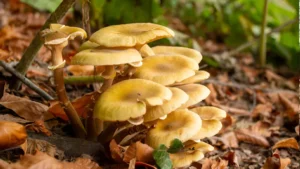
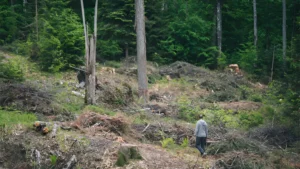
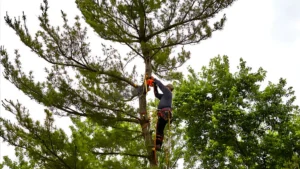

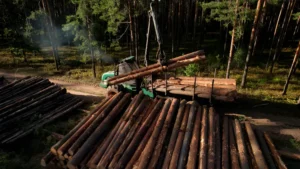



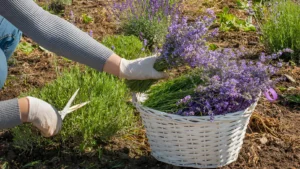
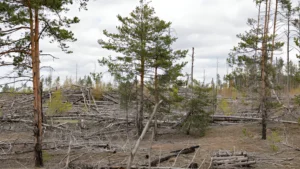
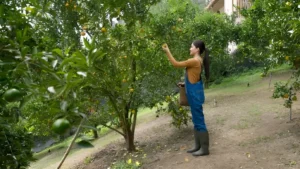

Leave your comment